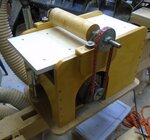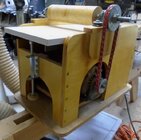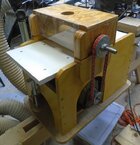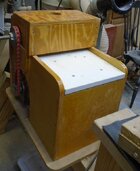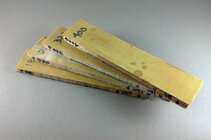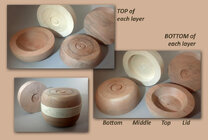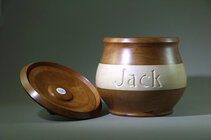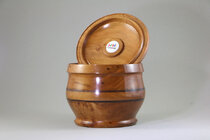I’d like to glue up some boards to make pepper mills. From what I have seen on YouTube, the normal way to prep for gluing is to run them thru a planer, jointer, or thickness sander. Some people use all three. Problem is, I don’t have any of these tools, and would not use them enough to justify buying.
So question is, what’s the best way to prep wood for gluing without these? This is wood I harvested myself and cut on bandsaw. I have a decent resaw blade so the sides aren’t terrible, but not good enough for glue up.
Any clever suggestions?
This isn’t a pepper mills, but similar idea.

So question is, what’s the best way to prep wood for gluing without these? This is wood I harvested myself and cut on bandsaw. I have a decent resaw blade so the sides aren’t terrible, but not good enough for glue up.
Any clever suggestions?
This isn’t a pepper mills, but similar idea.


